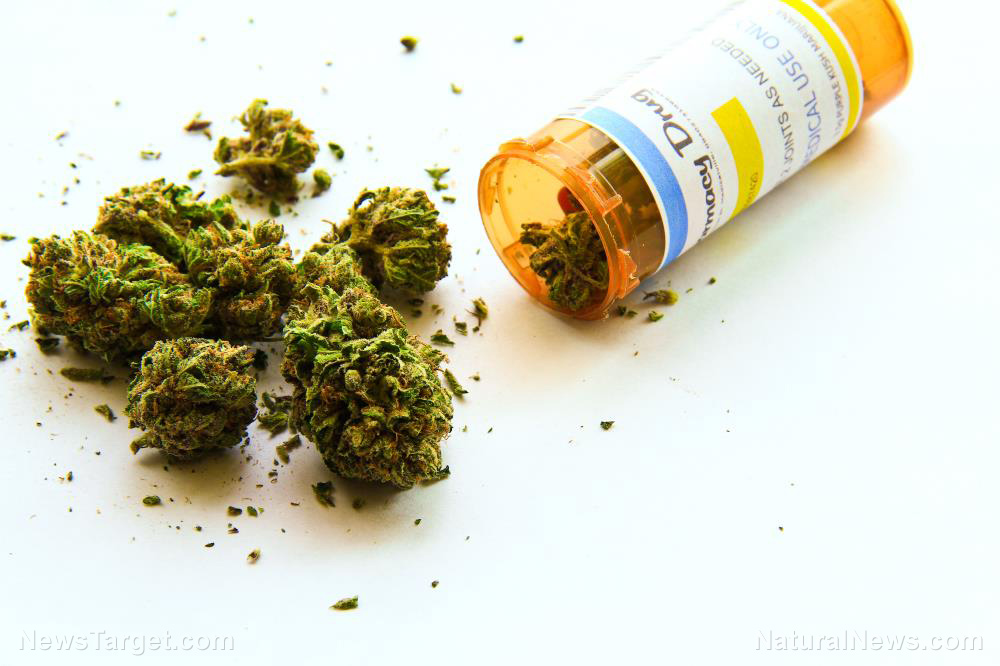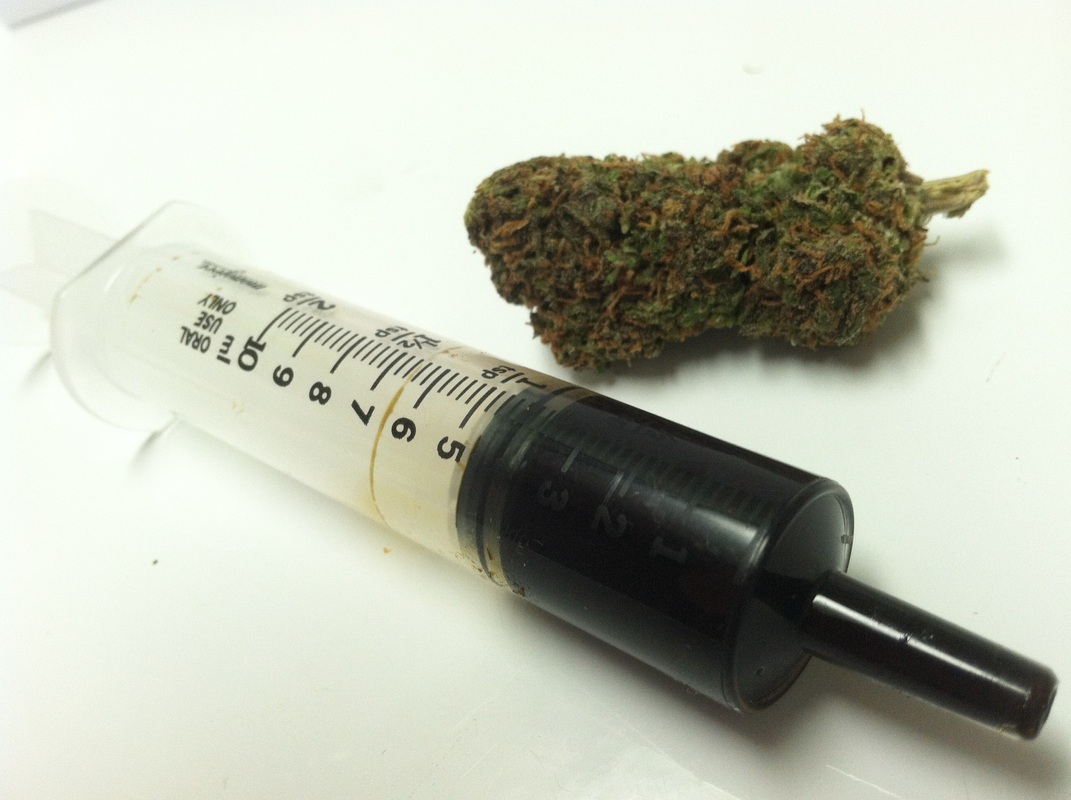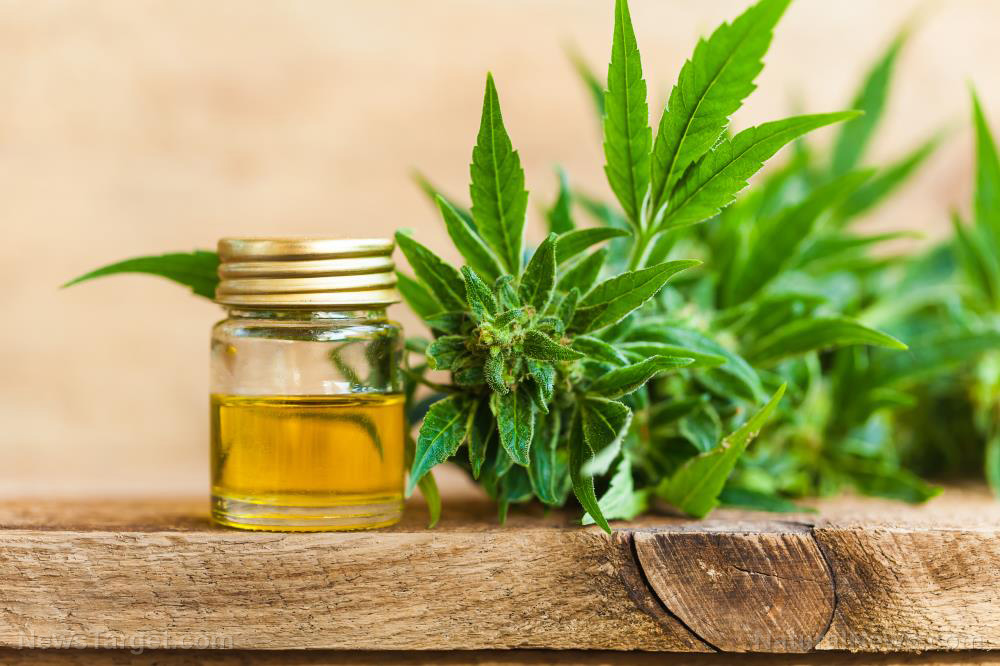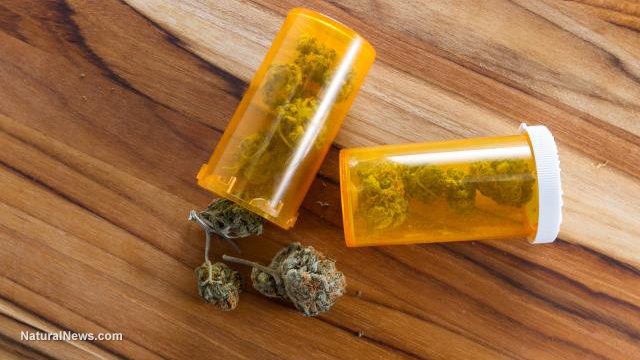Understanding your endocannabinoid system and the role it plays in your health
05/31/2019 / By Ethan Huff

As the United States finally starts to emerge from the Dark Ages of Cannabis Prohibition, it’s important to shout from the rooftops the scientific fact that the human body was made for cannabis.
In case you didn’t know, your body contains a unique system of receptors that’s designed to utilize the many natural cannabinoids found in cannabis, which in turn facilitates healthy balance and homeostasis throughout your body.
This endocannabinoid system, as it’s called, responds to one thing, and one thing only: the entourage of cannabinoids found in cannabis – which means if you’re not using cannabis in some way, shape, or form, then your body is more than likely cannabinoid deficient.
It might sound antithetical, the idea that the human body could be lacking in an herb that’s been “illegal” since the 1930s. But it’s true, and here’s why:
According to the latest science, your endocannabinoid system, or ECS, functions much like a conductor of an orchestra, utilizing both endogenous (made inside your body) cannabinoids, as well as exogenous (made by cannabis) cannabinoids to ensure that your respiratory, digestive, immune, and cardiovascular systems are all working optimally.
“The orchestra are our organ systems,” says Carl Germano, a board-certified clinical nutritionist and phytocannabinoids expert, about the critical nature of the ECS.
“Your body produces cannabinoids similar structurally to the cannabinoids found in cannabis. Your body feeds off of them. If you don’t produce enough to feed every single receptor, various conditions and various illnesses will ensue,” he adds, noting further that, “we cannot be healthy, we cannot be well if our ECS does not function well.”
For more news about the many amazing health benefits of cannabis, be sure to check out CannabisCures.news.
Your body NEEDS cannabis, despite what the pharma-addicted prohibitionists claim to the contrary
The ECS can be broken down into two essential parts: the cannabinoid receptor type 1 system, or CB1, which exists primarily in the brain, and CB2, which resides primarily within the immune system – though both systems are technically integral parts of the body-whole.
Believe it or not, your body is designed to naturally produce a cannabinoid known as anandamide that, derived from ananda, the Sanskrit word for “bliss,” just so happens to attach to the very same CB1 receptor as tetrahydrocannabinol, or THC, the prohibited substance in cannabis that, at least in some states, can still land a person in prison.
When anandamide is lacking, your body won’t feel quite right, hence why supplementing with THC in appropriate amounts can produce feelings of pain relief, euphoria, and all-around goodness. There’s also 2-arachidonoylglycerol, or 2-AG, another endogenous or body-produced cannabinoid with similar counterparts in the cannabis plant.
Naturally, as a person ages, levels of anandamide and 2-AG both start to decline, which is where the beneficial nature of cannabis comes into play. By utilizing cannabis for medical purposes, aging individuals, as well as non-aging individuals who are suffering from cannabinoid deficiency due to some other cause, can find real relief without harmful side effects.
“We have to dismantle the stigma, and we have to start educating ourselves to understand that the ECS is probably one of the most important medical discoveries in quite some time,” contends Germano, adding that levels of anandamide and 2-AG can both function as biological markers for a host of illnesses and conditions.
“Understanding the enormity of this system and what it does and what it influences throughout the entire human body” just might be the key to understanding why chronic disease rates have now reached epic proportions, seemingly without cause.
Germano notes that endocannabinoid deficiency has already been linked to common chronic diseases such as migraines, fibromyalgia, irritable bowel syndrome, and various neurological conditions with no FDA-approved cure.
You can read more of the full transcript of a recent interview with Carl Germano, going into greater depth about this important topic, at this link.
Sources for this article include:
Tagged Under: 2-AG, 2-arachidonoylglycerol, anandamide, Big Pharma, cannabinoid deficiency, Cannabinoids, cannabis, CB1, CB2, chronic disease, chronic illness, endocannabinoid system, FDA, Food and Drug Administration, health freedom, herbal medicine, Herbs, marijuana, Medical cannabis, Natural, natural medicine, nature, pharmaceuticals, Prohibition, tetrahydrocannabinol, THC
RECENT NEWS & ARTICLES
COPYRIGHT © 2017 HEMP SCIENCE NEWS


















